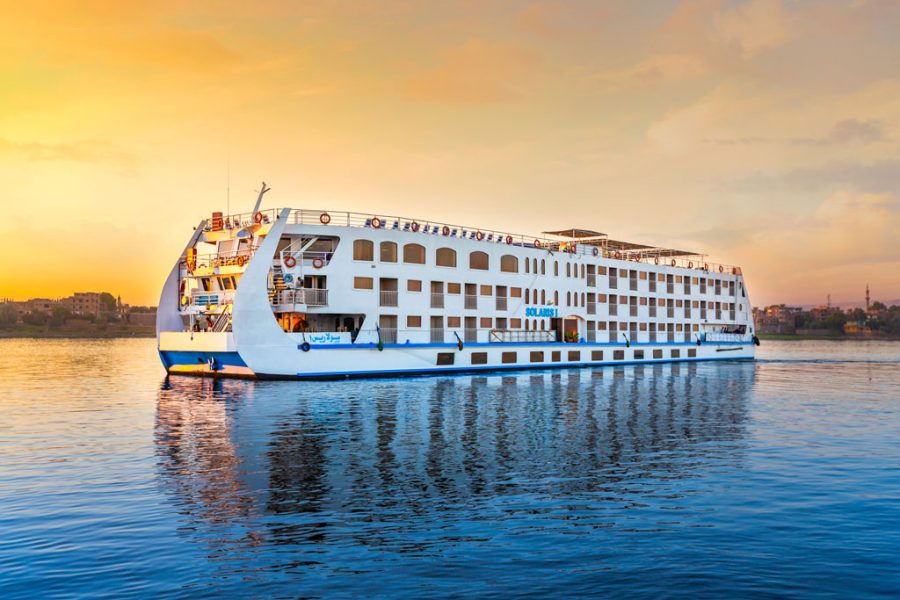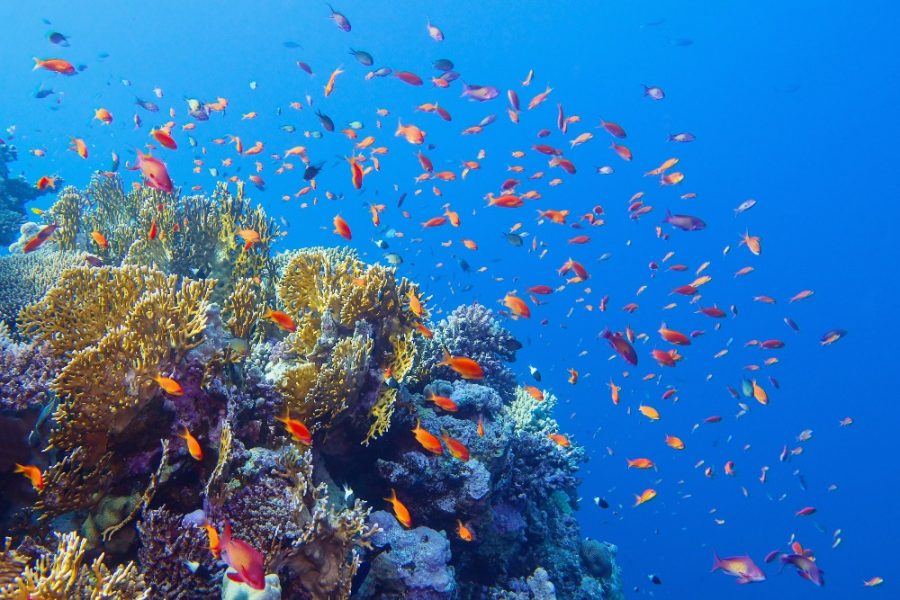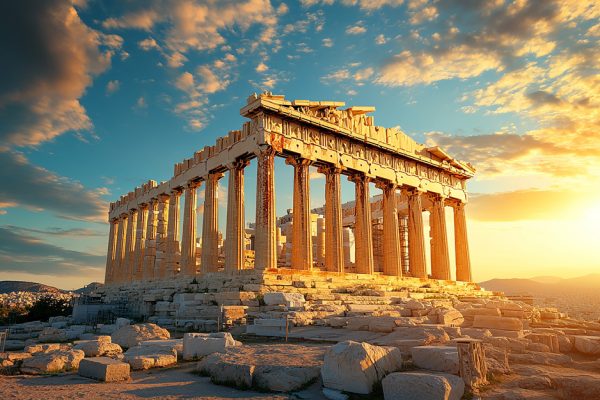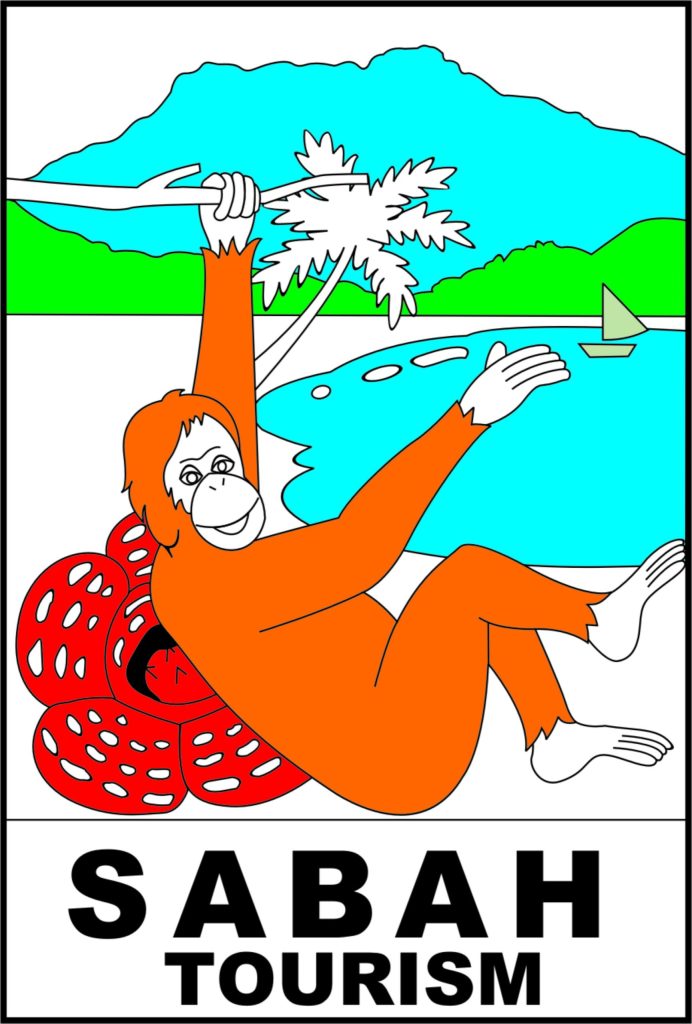Day 1: Arrive Cairo, Egypt
Upon your arrival at Cairo Airport, you will be greeted by a friendly Egypt Promotion representative who will assist you with customs and airport formalities. Once completed, you’ll be escorted directly to your hotel. After checking in, you can relax and enjoy your first evening in Cairo, settling in for an overnight stay.
MEALS: Breakfast
OVERNIGHT: Barcelo Pyramids, Cairo or similar
Day 2: Cairo – Pyramids & the Egyptian Museum
After breakfast, we begin our day with a pick-up to explore the iconic landmarks of Cairo. Our first stop is the world-famous Pyramids, starting with the Great Pyramid of Cheops. Built entirely by manual labour, it is the largest of the three pyramids and the only surviving structure of the Seven Wonders of the Ancient World. Next, we visit the Pyramid of Chephren, known for being the best preserved, and the Pyramid of Mycerinus. Nearby, we marvel at the magnificent Sphinx, an incredible sculpture carved from a natural rocky outcrop, with its lion-shaped body stretching 45 metres and paws measuring 15 metres in length.
Our journey continues with a visit to the Papyrus Institute, where we learn about the ancient art of papermaking. There will also be an opportunity to shop for unique souvenirs at the Papyrus Museum, a perfume factory, and a jewellery shop.
We then stop for lunch at a local restaurant before heading to the Egyptian Museum, the oldest archaeological museum in the Middle East. This remarkable museum houses the world’s largest collection of Pharaonic antiquities, showcasing artefacts that span from the Predynastic Period to the Greco-Roman Era.
After a fascinating day, we return to the hotel for an overnight stay.
MEALS: Breakfast, Lunch
OVERNIGHT: Barcelo Pyramids, Cairo or similar
Day 3: Cairo ~ Alexandria City Tour ~ Cairo
After breakfast at the hotel, we head out for a full-day adventure in Alexandria. This historic city is known for its ancient monuments, particularly its necropolis (cemeteries). One of the most remarkable sites is Kom al-Shoqafa, a Roman-era necropolis near the Serapeum. Here, we explore Greek-style catacombs, triclinia burials, a chapel, and a banqueting area once used during funerals. The site features fascinating paintings and reliefs that beautifully blend ancient Egyptian and Greek beliefs and artistic traditions.
Next, we visit Pompey’s Pillar, a towering monument located near the ruins of the Serapeum, which was the main temple dedicated to Sarapis, the national god of ancient Egypt during this era. Sadly, the temple was destroyed in 391AD when Byzantine Emperor Theodosius banned paganism.
We pause for lunch at a seafood restaurant before continuing to Montazah Gardens, a tranquil and scenic spot perfect for a relaxing stroll.
In the late afternoon, we drive back to Cairo, where you’ll be transferred to your hotel for an overnight stay.
MEALS: Breakfast, Lunch
OVERNIGHT: Barcelo Pyramids, Cairo or similar
Day 4: Cairo – Islamic & Coptic Cairo
After breakfast, we begin our journey through the historic districts of Islamic and Coptic Cairo. Our first stop is the Citadel of Salah El-Din, one of Cairo’s most iconic landmarks and a remarkable example of medieval military architecture. This fortress, with its towering gateways, high defensive walls, and imposing towers, was built to protect the city against Crusader attacks. Within the citadel, we explore the impressive Mosque of Mohamed Ali, also known as the Alabaster Mosque, as well as other attractions such as the Carriage Museum, Military Museum, and the Garden Museum.
We break for lunch at a local restaurant before diving into the rich heritage of Coptic Cairo. The Copts, who are the largest Christian group in Egypt, trace their roots back to Ancient Egyptians and were among the first to convert to Christianity. The word “Copt” itself originates from the Arabic word “Qibt,” derived from the Greek “Aigyptos,” meaning Egypt, with roots in the Ancient Egyptian term “Hikaptah” used for the city of Memphis, the first capital of Ancient Egypt.
The Coptic Orthodox Church has a deep spiritual history, tracing its foundation to St. Mark, the traditional author of the Gospel of Mark. The Coptic Church is also closely linked to the history of Christian monasticism, which began in Egypt. We learn about notable monasteries like St. Simeon in Aswan, St. Anthony and St. Paul in the Red Sea mountains, and Deir Al-Kashef in the Western Desert. Egypt’s ancient churches, such as the Church of the Virgin Mary in Asyut and the Coptic Cathedral of St. Mark in Alexandria, are among the oldest Christian landmarks in the world.
After an enriching day of exploration, we return to the hotel for an overnight stay.
MEALS: Breakfast, Lunch
OVERNIGHT: Barcelo Pyramids, Cairo or similar
Day 5: Cairo ~ Aswan
After breakfast, we check out of the hotel and transfer to Cairo International Airport for our flight to Aswan. Upon arrival, we are met by a local representative who assists us before starting our tour.
Our first stop is the impressive High Dam, a marvel of modern engineering that transformed Egypt’s water management and agriculture. Next, we visit the Philae Temple, dedicated to the goddess Isis. This ancient temple has a fascinating history, as it remained an active site of worship until the Byzantine Emperor Justinian I ordered the closure of pagan temples in 527–565 AD. It was here that the last known hieroglyphic inscription, carved by a priest of Isis in 394 AD, was discovered. Later, the temple was converted into a Christian church, and some original inscriptions were intentionally defaced during this transition.
After our visit, we transfer to our Nile cruise ship and check in. Lunch is served on board before heading out on a delightful felucca ride on the Nile. We enjoy stunning views of Aswan and witness a breathtaking sunset from the water.
We return to the cruise ship for dinner and an overnight stay, ready to continue our journey along the Nile.
MEALS: Breakfast
OVERNIGHT (2025 Departures): Nile Crown or similar
OVERNIGHT (2026 Departures): Hapi V or similar
Day 6: Abu Simbel & Kom Ombo Temples
Today begins with a visit to the awe-inspiring Great Temple of Abu Simbel, located near Egypt’s southern border in Nubia. This extraordinary monument, carved directly into the rock by King Ramesses II around 1264 BC, stands as a testament to ancient Egyptian engineering and artistry. The temple’s façade is dominated by four colossal seated statues of Ramesses II, although one was damaged by an ancient earthquake, and its fragments remain visible on the ground.
After exploring Abu Simbel, we return to Aswan and enjoy lunch on board the cruise as we sail toward Kom Ombo. Upon arrival, we visit the unique Kom Ombo Temple, remarkable for its symmetrical “double” design, which features duplicate courts, halls, and sanctuaries for two sets of gods.
The southern half of the temple is dedicated to Sobek, the crocodile god of fertility and creator of the world, along with Hathor and Khonsu. The northern half is dedicated to Haroeris (Horus the Elder), Hathor, and Tasenetnofret (the Good Sister). The temple’s perfect symmetry along its main axis makes it an extraordinary architectural marvel.
After the visit, we return to the cruise ship for dinner and an overnight stay, ready to continue our journey.
MEALS: Breakfast, Lunch, Dinner
OVERNIGHT (2025 Departures): Nile Crown or similar
OVERNIGHT (2026 Departures): Hapi V or similar
Day 7: Edfu & Karnak Temples
After breakfast on board, we set out to visit the Temple of Edfu, one of the best-preserved ancient shrines in Egypt. Built during the Ptolemaic Kingdom between 237 and 57 BC, the temple’s walls are adorned with inscriptions that offer valuable insights into the language, mythology, and religion of the Hellenistic period. These inscriptions include details about the temple’s construction and its symbolic role as the “Island of Creation.” The walls also depict the sacred drama of the eternal conflict between Horus and Seth, providing a fascinating glimpse into ancient Egyptian beliefs.
As we sail toward Luxor, lunch is served on board. Upon arrival, we visit the Luxor Temple, a site dedicated to the rejuvenation of kingship. This magnificent temple played a significant role in the coronation ceremonies of Egyptian pharaohs, both in reality and symbolically. Even Alexander the Great claimed to have been crowned here, despite possibly never traveling south of Memphis near modern-day Cairo.
After an enriching day of exploration, we return to the cruise ship for dinner and an overnight stay.
MEALS: Breakfast, Lunch, Dinner
OVERNIGHT (2025 Departures): Nile Crown or similar
OVERNIGHT (2026 Departures): Hapi V or similar
Day 8: West Bank & Valley of The Kings ~ Hurghada
After breakfast on board, we check out and begin our exploration of Luxor’s West Bank. Our first stop is the Valley of the Kings, the royal burial ground chosen carefully for its location on the west side of the Nile. This area held significant funerary associations for the ancient Egyptians, as the sun god was believed to set (or “die”) in the west, symbolising the journey to rebirth in the east. For this reason, ancient cemeteries were often located on the Nile’s western bank.
Next, we visit the remarkable Temple of Hatshepsut, dedicated to the queen who became Pharaoh around 1473–1458 BC. Situated at Deir al-Bahari, this breathtaking temple features three grand terraces that rise toward the cliff face, blending seamlessly with its natural surroundings. The site was sacred to Hathor, the goddess who nurtured and reared Egypt’s kings, including the mythological god Horus.
We pause for lunch at a local restaurant before visiting Karnak Temple, known to the ancient Egyptians as Ipet-Sut, meaning “The Most Select of Places.” Located in ancient Thebes (modern Luxor), Karnak was the most important temple in Upper Egypt. It was the centre of worship for the great god Amun of Thebes, whose cult brought immense wealth and influence to the temple’s priesthood. The vast and intricate complex remains a stunning testament to ancient Egyptian architecture and devotion.
After a full day of exploration, we transfer to Hurghada, arriving in the evening. You’ll then be transferred to your hotel in Cairo for check-in and an overnight stay.
MEALS: Breakfast, Lunch, Dinner
OVERNIGHT: AMC Royal Hotel, Hurghada or similar
Day 9: Hurghada – Free Day
Start your day with a leisurely breakfast, followed by a full day to unwind and enjoy Hurghada at your own pace. With an all-inclusive stay, you can relax by the beach or pool, indulge in delicious meals and refreshments, and take in the stunning surroundings of this beautiful Red Sea resort town.
For those seeking adventure, there’s the option to join a sea trip or explore the vibrant underwater world through diving or snorkelling. The crystal-clear waters and colourful marine life make Hurghada a paradise for water enthusiasts.
Spend the day however you choose, soaking up the sun and making the most of your time in this coastal retreat.
MEALS: Breakfast, Lunch, Dinner
OVERNIGHT: AMC Royal Hotel, Hurghada or similar
Day 10: Hurghada – Free Day
Begin your day with a delicious breakfast, followed by another full day to enjoy the beautiful surroundings of Hurghada at your leisure. With an all-inclusive package, you can take advantage of the resort’s amenities, including the beach and pool, as well as a variety of food and drinks to keep you refreshed throughout the day.
If you’re feeling adventurous, you might choose to embark on a sea trip or explore the incredible underwater world through diving or snorkelling. The Red Sea’s crystal-clear waters and vibrant marine life make it a perfect destination for these activities.
Whether you prefer to relax or dive into adventure, today is yours to enjoy as you please in this stunning seaside destination.
MEALS: Breakfast, Lunch, Dinner
OVERNIGHT: AMC Royal Hotel, Hurghada or similar
Day 11: Depart Hurghada ~ End of Tour
After checking out of your hotel, you will be transferred to Hurghada Airport for your departure. As you leave, take with you the wonderful memories of your time in Egypt, from its ancient wonders to its stunning Red Sea coast. Safe travels, and we hope to see you again soon!
MEALS: Breakfast






































